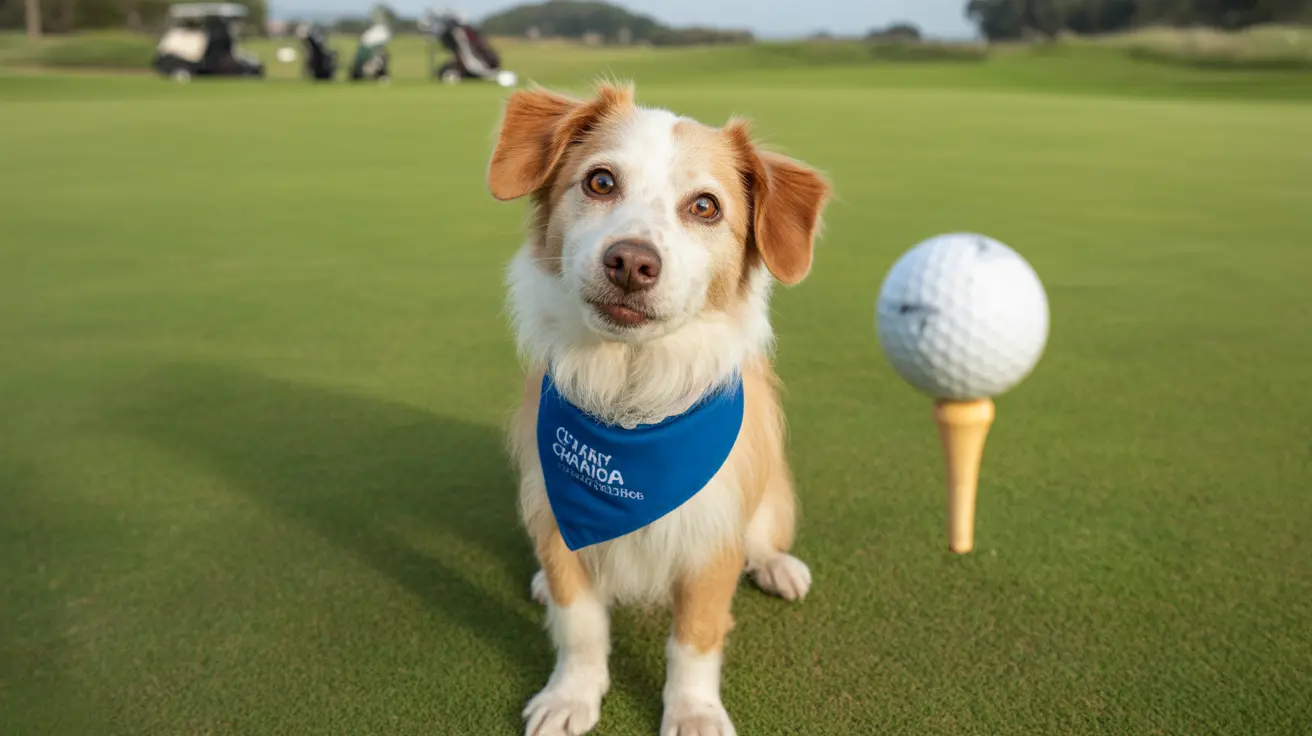Understanding Oral Medications for Dogs
When it comes to giving medications to our canine companions, many pet owners wonder "can dogs have capsules?" The simple answer is yes - dogs can safely take capsules when properly prescribed by a veterinarian and administered correctly. However, there's much more to know about giving oral medications to ensure both safety and effectiveness.
Capsules are just one of several oral medication forms available for dogs, alongside tablets and liquid medications. Understanding how to properly administer these medications is crucial for your dog's health and treatment success.
Safe Administration of Capsules to Dogs
Giving capsules to dogs requires careful attention to proper technique. The most important rule is to never crush or open a capsule unless specifically instructed by your veterinarian. Many medications have special coatings or time-release properties that could be compromised if the capsule is damaged.
There are two main methods for giving capsules to dogs:
Direct Administration Method
- Gently hold your dog's upper jaw with one hand
- Use your other hand to open the lower jaw
- Place the capsule as far back on the tongue as possible
- Close your dog's mouth and gently stroke their throat
- Offer a small amount of water to help with swallowing
Using Food as a Helper
If approved by your veterinarian, you can hide capsules in:
- Commercial pill pockets
- Small pieces of soft cheese
- Peanut butter (xylitol-free)
- Wet dog food
Important Safety Considerations
While capsules are generally safe for dogs, there are several crucial safety measures to keep in mind:
- Always follow your veterinarian's dosing instructions exactly
- Never give human medications unless prescribed by your vet
- Monitor your dog after giving medication for any adverse reactions
- Store medications in a cool, dry place out of your dog's reach
Tips for Success
Making medication time easier for both you and your dog requires patience and preparation. Consider these helpful strategies:
- Practice the administration technique when your dog isn't receiving medication
- Use positive reinforcement and treats (when allowed)
- Maintain a calm demeanor during medication time
- Keep a medication log to track doses given
Frequently Asked Questions
Can dogs safely swallow capsules, and how should I give them a capsule?
Yes, dogs can safely swallow capsules when prescribed by a veterinarian. The safest method is to place the capsule at the back of the tongue and gently close the mouth while stroking the throat to encourage swallowing. Always follow with a small amount of water.
What is the best way to hide a capsule in my dog's food to make sure they take their medication?
If approved by your vet, use small amounts of highly appealing foods like pill pockets, cheese, or peanut butter. Make sure the capsule is completely hidden and offer a "dummy" treat first to build trust.
Is it okay to crush a dog's capsule or open it before giving it to them?
No, never crush or open capsules unless specifically instructed by your veterinarian. Doing so can affect the medication's effectiveness and potentially cause harm.
Which foods are safe to use for hiding pills or capsules for dogs?
Safe options include commercial pill pockets, small amounts of cheese, xylitol-free peanut butter, and small pieces of lean meat. Always check with your vet first, as some medications need to be given on an empty stomach.
What should I do if my dog spits out or won't swallow a capsule?
If your dog repeatedly refuses capsules, consult your veterinarian about alternative administration methods or different medication forms. Never force medication, as this can create negative associations and make future doses more difficult.
Conclusion
Successfully administering capsules to dogs requires patience, proper technique, and understanding of safety guidelines. With the right approach and your veterinarian's guidance, you can ensure your dog receives their medication effectively and safely. Remember to always consult your veterinarian with specific questions about your dog's medication needs and administration methods.






